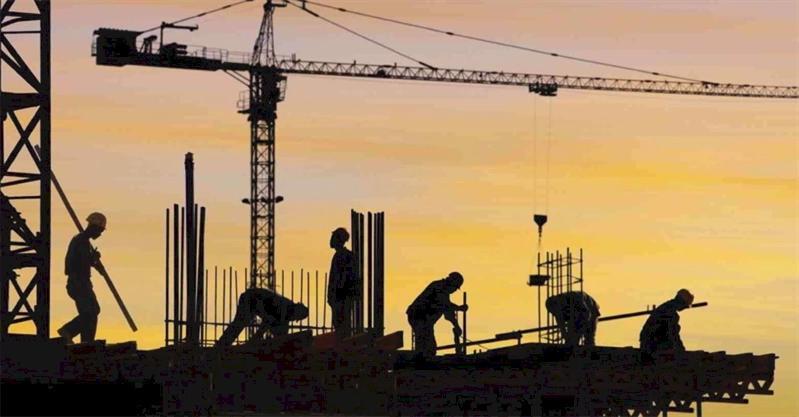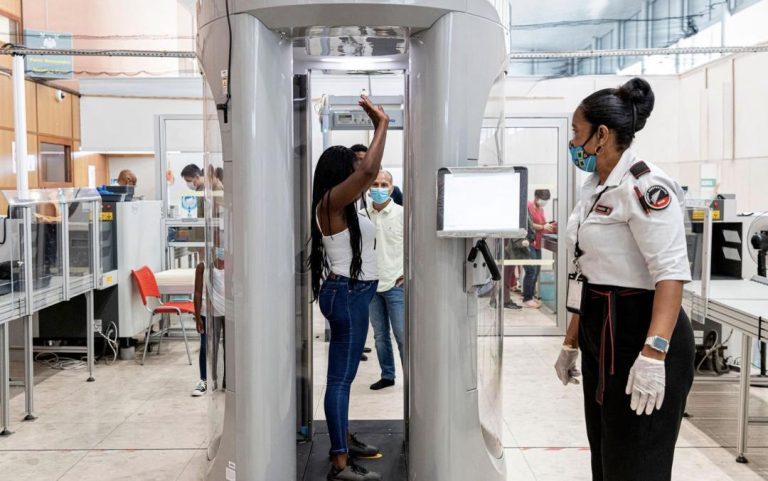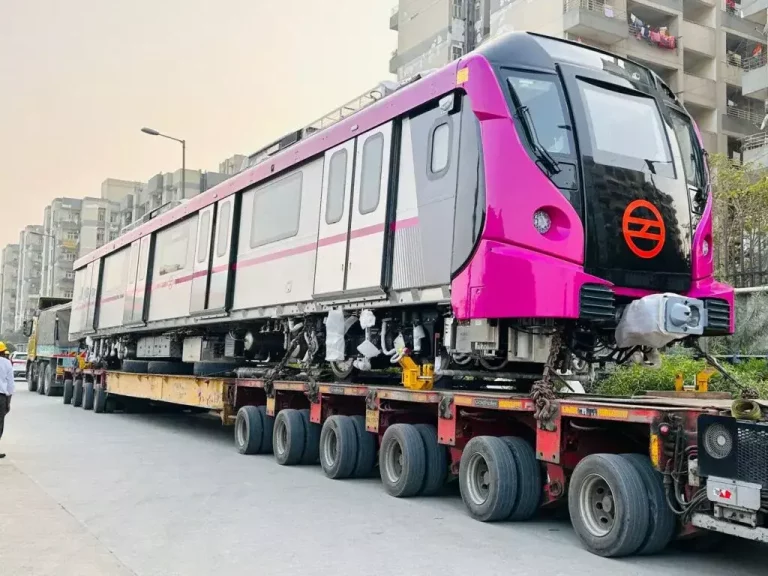
Larsen & Toubro to Build a Mega Pellet Plant in MENA Region
In a significant development, Larsen & Toubro (L&T), a leading engineering, procurement, and construction (EPC) firm, has secured a massive contract to build a pellet plant and direct reduction of iron (DRI) plant for a prominent steel producer in the Middle East and North Africa (MENA) region. The project, valued at ₹5,000-10,000 crore, is part of a broader global decarbonisation initiative and involves the use of advanced technologies in engineering, supply, erection, and construction.
This monumental deal is a testament to L&T’s expertise and capabilities in the steel sector, as well as its commitment to sustainable development. The project is expected to have a significant impact on the region’s steel production capacity and will contribute to the global effort to reduce greenhouse gas emissions.
Background and Context
The MENA region is a significant contributor to global steel production, with many countries in the region having large-scale steel production facilities. However, the steel industry is one of the largest emitters of greenhouse gases, accounting for around 7% of global emissions. To address this, the industry is shifting towards more sustainable production methods, including the use of direct reduction of iron (DRI) technology.
DRI technology involves reducing iron ore to produce sponge iron, which is then used to produce steel. This process has several advantages over traditional blast furnace technology, including lower energy consumption, reduced emissions, and improved efficiency. The use of DRI technology is expected to play a crucial role in the decarbonisation of the steel industry, and L&T’s new project is a significant step in this direction.
Project Details
The project involves the construction of a pellet plant and DRI plant for a leading steel producer in the MENA region. The pellet plant will produce pellets from iron ore, which will be used as feedstock for the DRI plant. The DRI plant will then reduce the iron ore pellets to produce sponge iron, which will be used to produce steel.
The project is expected to be completed over a period of 36-40 months, with L&T responsible for engineering, supply, erection, and construction. The project will utilize advanced technologies, including digital solutions, to ensure efficient and sustainable operations.
Significance of the Project
The project is significant for several reasons:
- Decarbonisation: The use of DRI technology is a critical step towards decarbonising the steel industry, and L&T’s project is a significant contribution to this effort.
- Capacity expansion: The project will increase the steel producer’s capacity, enabling it to meet growing demand in the region.
- Economic benefits: The project will create jobs and stimulate economic growth in the region.
- Technology adoption: The project will showcase L&T’s expertise in implementing advanced technologies, including digital solutions, in the steel sector.
Conclusion
L&T’s new project is a significant development in the MENA region’s steel sector, marking a major step towards decarbonisation and sustainable development. The project’s focus on advanced technologies, including DRI and digital solutions, demonstrates L&T’s commitment to innovation and sustainability. As the steel industry continues to evolve, L&T’s expertise and capabilities will play a crucial role in shaping its future.
News Source:




